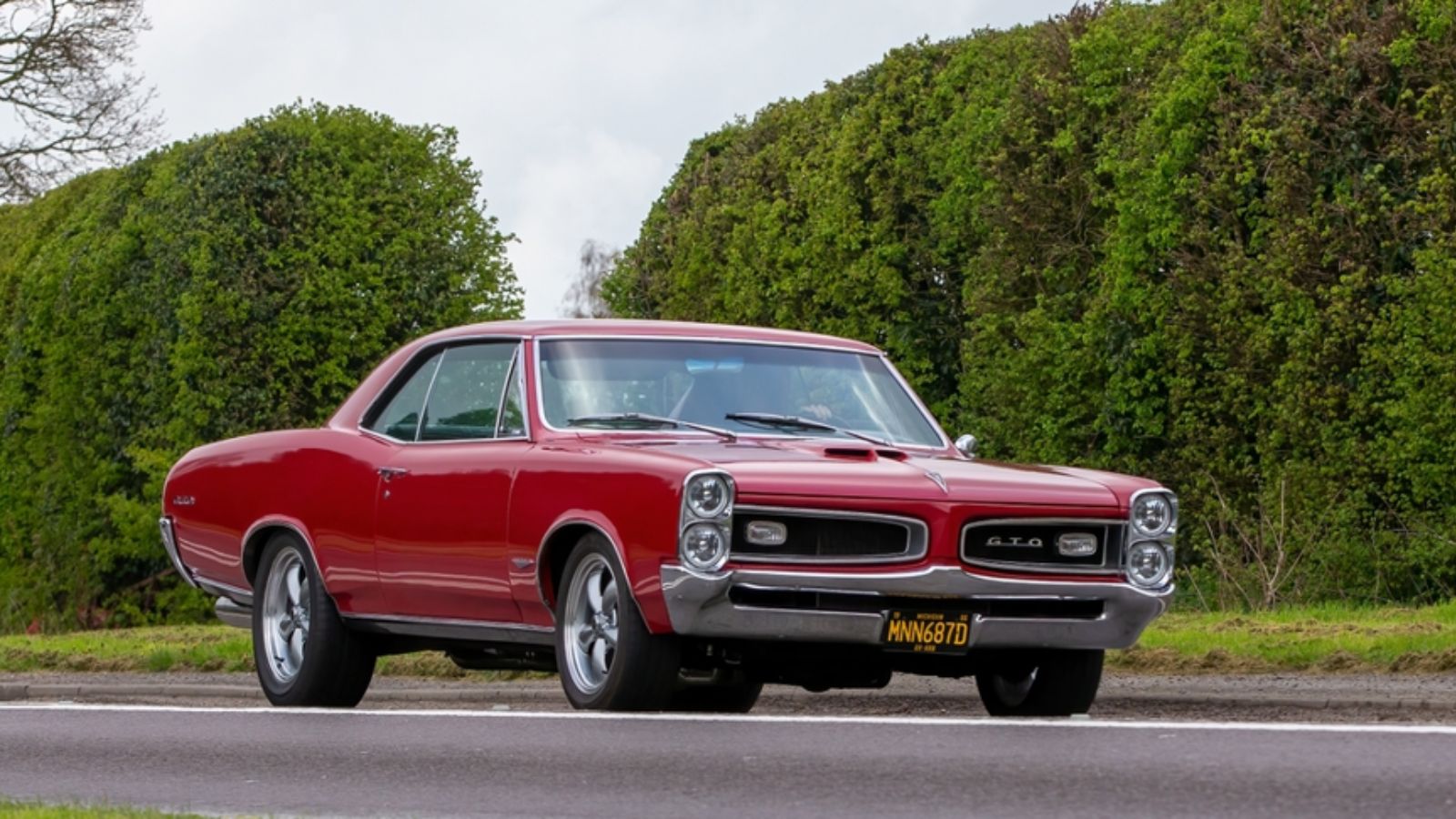Pontiac Cars once represented a significant chapter in American automotive history, capturing the hearts of enthusiasts with their distinctive style and performance. The rise and fall of Pontiac reflect broader trends in the automotive industry, showcasing how market demands and corporate decisions can dramatically shape a brand’s destiny. From the iconic GTO to the popular Firebird, Pontiac’s legacy is rich, and its eventual decline serves as a cautionary tale for car manufacturers.

The Glory Days of Pontiac
Pontiac’s heyday in the U.S. automotive market marked a time of bold designs, pioneering technology, and significant cultural impact. This section explores the brand’s rise through iconic models and innovations that resonated with American drivers.
The Birth of an American Icon
Pontiac was founded in 1926, emerging as a companion brand to Oakland. It quickly gained attention with the introduction of the Pontiac Big Six, which offered performance alongside style.
In the 1930s, Pontiac became known for its reliable cars and innovative features. The introduction of the “Silver Streak” design in 1935 set it apart with streamlined styling.
Throughout the years, Pontiac established itself as a leader in performance, famously introducing the GTO in the 1960s, which is often credited as the first muscle car.
Achievements in Innovation and Design
Pontiac was at the forefront of car design and technology during its peak. The 1950s and 1960s saw a series of innovative engineering feats. Models like the Pontiac Catalina featured advanced V8 engines, providing impressive power that captivated drivers.
Pontiac also embraced bold aesthetics. The iconic split grille and the use of vibrant colors became synonymous with the brand. Their advertising promoted the idea of excitement and performance, making the cars highly desirable.
The introduction of features like power steering and automatic transmission reflected Pontiac’s commitment to enhancing the driving experience, appealing to a broad range of consumers.
Pontiac’s Role in Popular Culture
Pontiac cars became cultural symbols throughout the mid-20th century. The GTO and Firebird topped the lists of dream cars for many enthusiasts.
Pontiac’s influence was notable in film and television, appearing in classics like “Smokey and the Bandit.” The aesthetic of these vehicles contributed to their iconic status.
Music also played a part; songs celebrating the allure of driving and car culture often featured Pontiac models. This strong presence in popular culture helped solidify Pontiac’s legacy and continued appeal.
Market Forces and Competition
The automotive industry in the U.S. experienced significant transformation due to market forces and evolving competition. You will find that Japanese automakers made a strong impact, alongside shifts in what consumers desired in vehicles.
Rising Japanese Automobile Presence
In the late 20th century, Japanese car manufacturers like Toyota, Honda, and Nissan gained substantial market share in the U.S. Their vehicles were often seen as reliable and fuel-efficient. This was particularly appealing during economic downturns and fuel crises.
Japanese automakers focused on quality and technology.
Their commitment to manufacturing and innovative approaches helped establish a loyal customer base. The introduction of compact and economical models challenged American manufacturers, including Pontiac.
You might notice the difference in marketing strategies as well.
Japanese brands emphasized consumer needs and satisfaction, which attracted buyers away from traditional American options.
Shifts in Consumer Preferences
As the market evolved, consumer preferences shifted towards fuel efficiency, dependability, and advanced technology. Pontiac’s muscle cars, once revered, became less appealing compared to smaller, more economical models.
You may find that safety and environmental concerns influenced buyer decisions.
Shifted priorities meant that many customers preferred vehicles with better gas mileage and lower emissions. This change significantly influenced Pontiac’s sales trajectory.
Additionally, the rise of SUVs and crossovers changed the landscape.
Consumers increasingly gravitated towards vehicles offering versatility and space, leading to declining interest in Pontiac’s traditional offerings.
Decline and Discontinuation
The decline of Pontiac was influenced by several key factors, including financial challenges within General Motors and the broader economic landscape. These elements ultimately led to the end of a beloved American brand.
Financial Struggles Within General Motors
General Motors faced significant financial difficulties in the early 2000s. High production costs, combined with declining sales, strained the parent company’s resources. Pontiac, which had long been positioned as a performance-oriented brand, struggled to keep up with market expectations.
The brand’s sales began to dwindle, particularly as consumer preferences shifted towards SUVs and crossovers. GM’s decision to revamp its lineup often meant cuts to divisions like Pontiac, which lacked a clear identity in an evolving market. By 2008, Pontiac was among the divisions that faced severe scrutiny as GM attempted to restructure.
The Impact of the 2008 Financial Crisis
The 2008 financial crisis hit the auto industry hard, with General Motors being one of the most affected corporations. The government stepped in with a bailout, aiming to stabilize the company and protect jobs. During this tumultuous period, GM made difficult decisions about its brand portfolio.
Pontiac was unable to demonstrate sufficient profitability or a viable future, contributing to the decision for its discontinuation. By 2009, GM announced the closure of Pontiac as part of a broader effort to streamline operations, pushing dealers to transition to other GM brands. This marked a significant turning point for the automotive landscape.
The End of Pontiac: A Brand Retrospective
Pontiac, known for models like the GTO and Firebird, carries a rich history. Enthusiasts remember its strong performance image and affordability. Despite this legacy, the market trends were not in its favor.
The discontinuation of Pontiac in 2010 left many fans disheartened, feeling as though a piece of American automotive culture had vanished. While some models continue to hold value among collectors, the brand’s absence is palpable in the industry. Pontiac serves as a reminder of changing consumer demands and the challenges legacy brands face in adapting to new realities.
